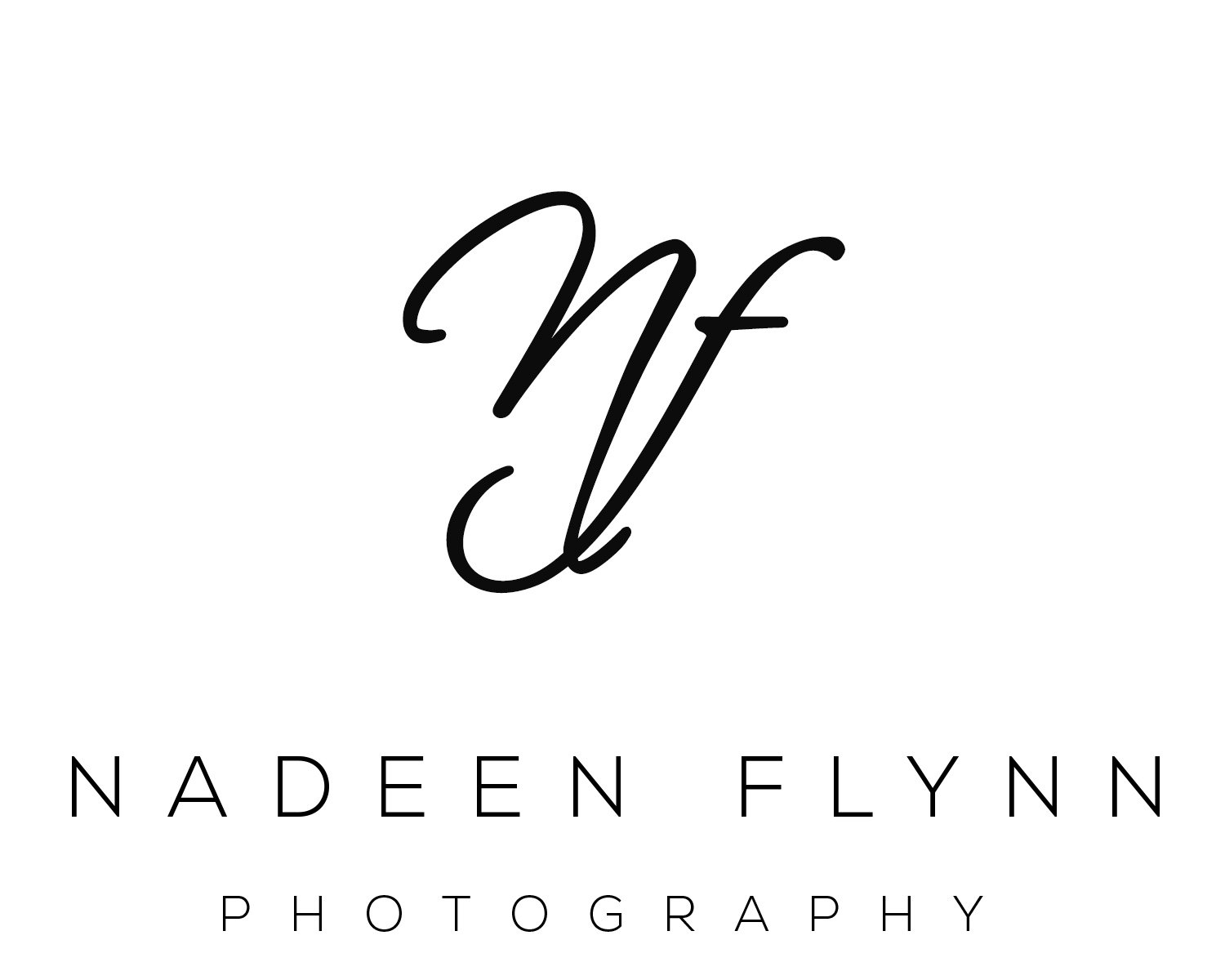When the scene at Ruby Beach, WA called for long exposures
After the dreary days of photographing in Oregon on this particular trip, the sun was a welcome sight as I traveled north! I'd taken a few extra days to travel to Washington to the Olympic peninsula by way of the Oregon coast. Most landscape photographers I know, love a few clouds and weather to enhance their photographs as do I. So, when we arrived at Ruby Beach to see the combination of clouds, clear sky, and sun, I knew there would be plenty of long exposures ahead.
Long Exposures
Long exposures allow the photographer to capture the movement of the water in such a way that the viewer can really see the pathway of the water. The swirls, wakes, and curves of the waves all become more evident as if the water is dancing around the obstacles in its path. The track of the water around the rocks is smoothed and the pattern is revealed. It is especially evident if there is lots of foam and bubbles in the water.
Clouds
The pathway of clouds is sometimes more difficult to see with the naked eye. Some days the clouds are moving quickly and it is easy to see the direction they are going. On other days, it seems as if the clouds are just hanging around and not moving much at all. Long exposures help to reveal their movement. Depending on the speed of the clouds and the length of the shutter speed, the clouds can look very fuzzy without much of a direction, or the course can be very defined. Clouds are a little more unpredictable than water, I think, but very exciting when a unique pattern is exposed.Because I was setting my shutter speed to best enhance the water at Ruby Beach, the cloud movement was secondary and not as readily unveiled. I could have taken two photographs adjusting my shutter speed, one for the water blur and a separate one for the clouds, and then blended them together. But these are single exposures.
How much blur?
This is a question each photographer has to answer for themselves. How smooth do you want the water? How much texture do you want to keep? The answer to these questions determines the speed at which you set the shutter as well as the other settings in the exposure triangle.My preference is to keep much of the texture while allowing some softness and smoothing of the water while revealing the pattern of the flow.
Ruby Beach
 [exif id="12402"]
[exif id="12402"]



 [exif id="12403"]
[exif id="12403"]
Click Long Exposures to see more long exposure and panning effects on clouds and the ocean.To see more images of clouds with long exposures where the pattern is more obvious, go to Mono Lake Landscape. A special thanks to Tiffany and Keith Briley of The Photography Workshop Company for their guidance throughout the Olympic peninsula. I was able to make these images by using manual mode on my camera. You can learn the basics of controlling your camera in manual mode in my informative, beautifully illustrated guide Ready! Set! Shoot! available through The Book Patch as a printed booklet or an instantly downloadable eBook. 
*****
Have you heard about my FREE mini guide on light and my FREE Lightroom Presets? Just learning photography and don't know where to start? You've come to the right place. With my FREE presets and mini guide you can create those beautiful photos everybody loves. Simply type in your name and email, then click 'Subscribe' to get started.
Subscribe to my newsletter to receive your FREE gifts!
*****
All landscape, fine art, and still life images are available for purchase.
Please CONTACT ME at nadeen@nadeenflynn.com with any questions or to schedule your learning session.
As a published, featured northern California fine art photographer living in the greater Sacramento area, I specialize in fine art landscape and still life photography. My style is authentic, fresh and personality-driven. I offer in-person workshops, hourly lessons, and mentoring. While currently living in rural northern California with my husband and a couple thousand walnut trees, I post regularly to Instagram.
Serving Yuba City/Marysville, East Nicolaus, Wheatland, Lincoln, Woodland, Davis, Roseville, Rocklin, and the greater Sacramento area.
(530) 633-7575
